What Are Focus Points
Focus points in photography are areas where the camera focuses to keep them sharp and clear. Photographers can select a single focus point for precise control or let the camera choose multiple points to keep various parts of the scene in focus. These points ensure the key elements of an image are sharp, guiding the viewer’s attention.
Ralph Eugene Meatyard
Ralph Eugene Meatyard (1925–1972) was an American photographer known for his strange and haunting photos. He often used his family and friends as models, having them wear masks or pose in abandoned places, exploring ideas like identity and time. Though he worked as an optician, photography was his creative outlet.
His photos have a dreamlike, almost eerie feel, blending reality and fantasy. Meatyard’s unique style, influenced by books and philosophy, wasn’t widely recognized while he was alive, but today, his work is appreciated for its mysterious and personal touch.
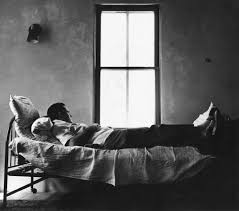
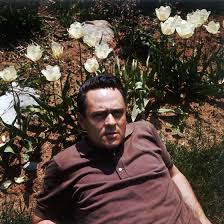
In the image on the left we can see that Ralph has used Aperture to focus on the person on the bed and leave the background more zoned out of the picture, I believe he did this to give the person in the image deeper meaning and almost making them seem disconnected from what is going on around them, his work represents how aperture can be used in photography in such a volatile way.
Saul Leiter
Saul Leiter (1923–2013) was an American photographer and painter known for his innovative use of color photography. He began as a painter but shifted to photography in the 1940s, capturing the streets of New York City with a focus on mood and color rather than dramatic moments. His images often featured reflections and shadows, giving them a soft, abstract quality.
Although he wasn’t widely recognized during his lifetime, Leiter’s work gained appreciation as color photography became more respected in the art world. His unique perspective on everyday urban scenes and painterly eye for composition have solidified his legacy as a significant figure in photography.


In the image on the left we can see that Saul has used aperture and depth of field to focus on the background of the image rather than the subject of it, I can tell this image wasn’t done using shutter speed as the car behind the man is perfectly clear even though it is moving, like Ralph’s I believe this is representing the man as being disconnected from the world yet again representing how many ways aperture and depth of field can be used in photography.
Uta Barth
Uta Barth is a contemporary photographer born in 1958 in Freiburg, Germany. She is known for her innovative use of soft focus and blurring techniques to explore perception, light, and space. Her work emphasizes color and composition, inviting viewers to engage with the nuances of visual experience.
Barth has exhibited widely in galleries and museums, gaining recognition for her unique style that blends photography and painting. She is also a dedicated educator, teaching at institutions like UCLA, and her contributions to contemporary photography inspire ongoing discussions about vision and representation.
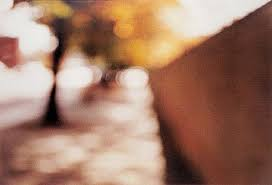

In the image on the left we can see that Uta has used aperture and depth of field to create a blurry image, I believe she has done this to create an image that someone who views it can interpret it how they want to, I also thing she has done this as it is different from the usual sharp images you will usually see from photographers and creating something more abstract and different, this again represents all of the things you can do with aperture and depth of field.
My Contact Sheet

My Selection Process
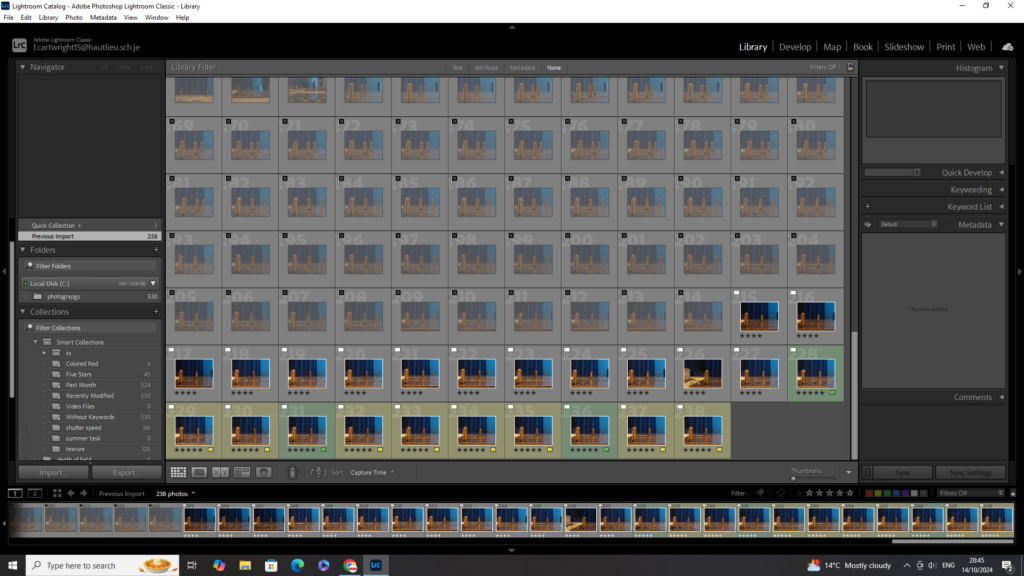
as you can see above I used P and X to flag my images to filter out the bad ones from the ok and good ones, next I rated these images 4 or 5 stars as 4 being ok ones and 5 being good ones, finally I gave them the colour yellow or green, green being the best and yellow being good. I will now edit these images that I selected and present them bellow along with the raw images.
My Final Images
Foreground –
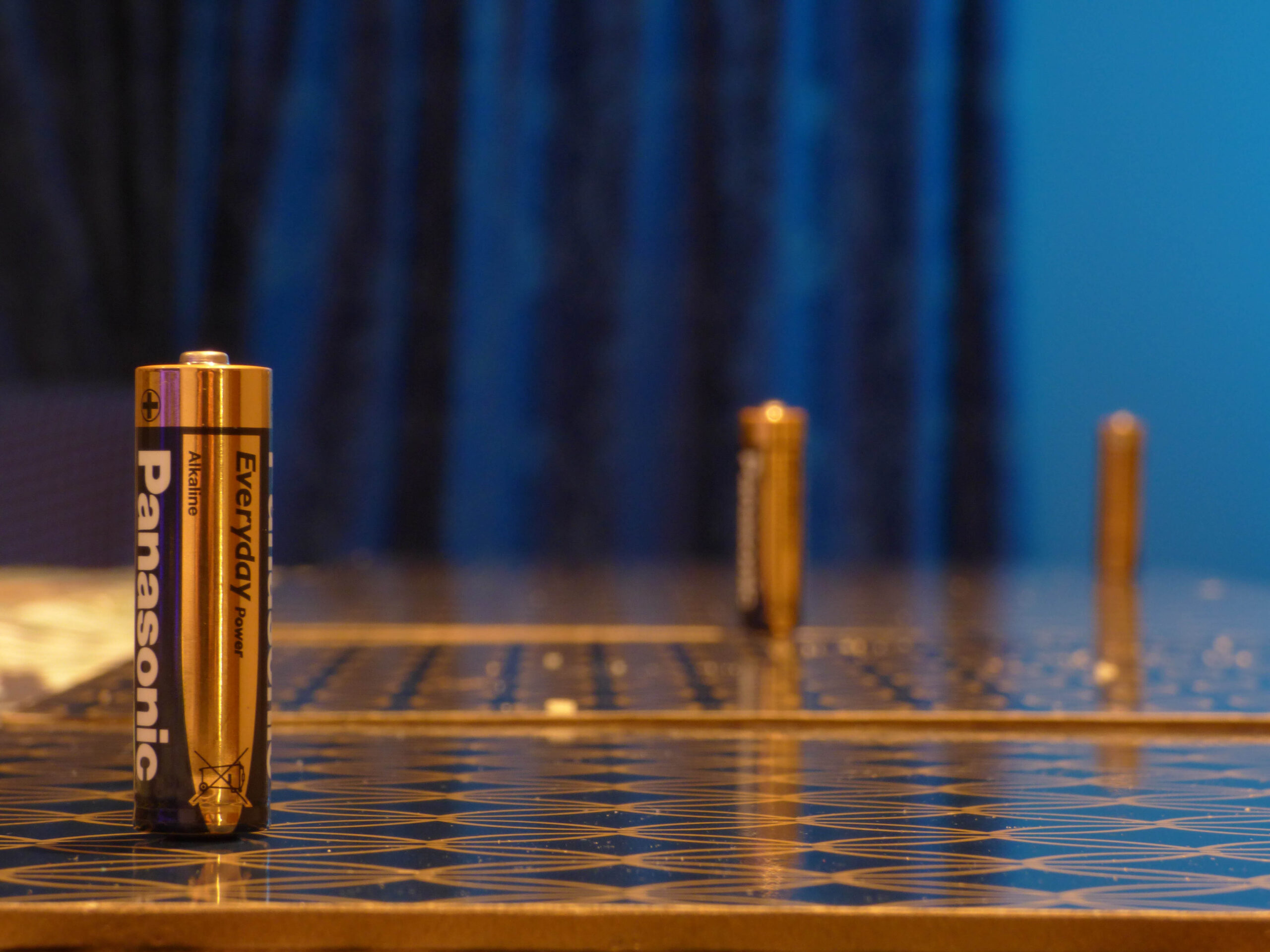
Middle Ground –

Background –
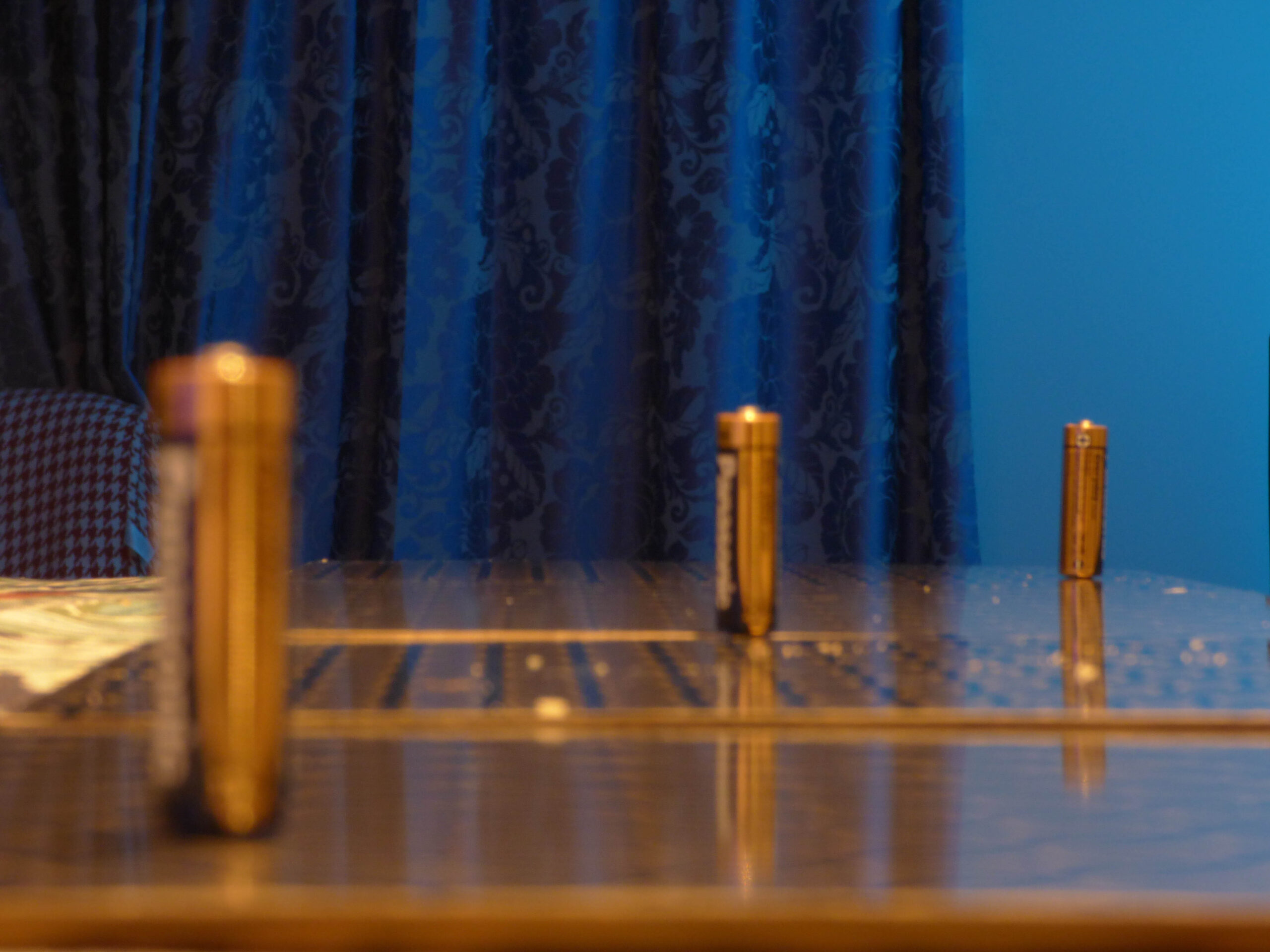
In the pictures above, I took photos of batteries at different distances to show how depth of field works. By changing how far each battery was from the camera, I could highlight how focus shifts through different parts of the image. This technique makes it clear how some objects stay sharp while others get blurrier, depending on the focus point and aperture settings. In my experiment, the closest batteries are in sharp focus, while the ones further back blur out more, which creates a sense of depth. By using different distance increments, it becomes obvious how the depth of field can change the look and feel of a photo, making certain details stand out or helping to show the space and dimension in the shot.
Images In Black-And-White
Foreground –
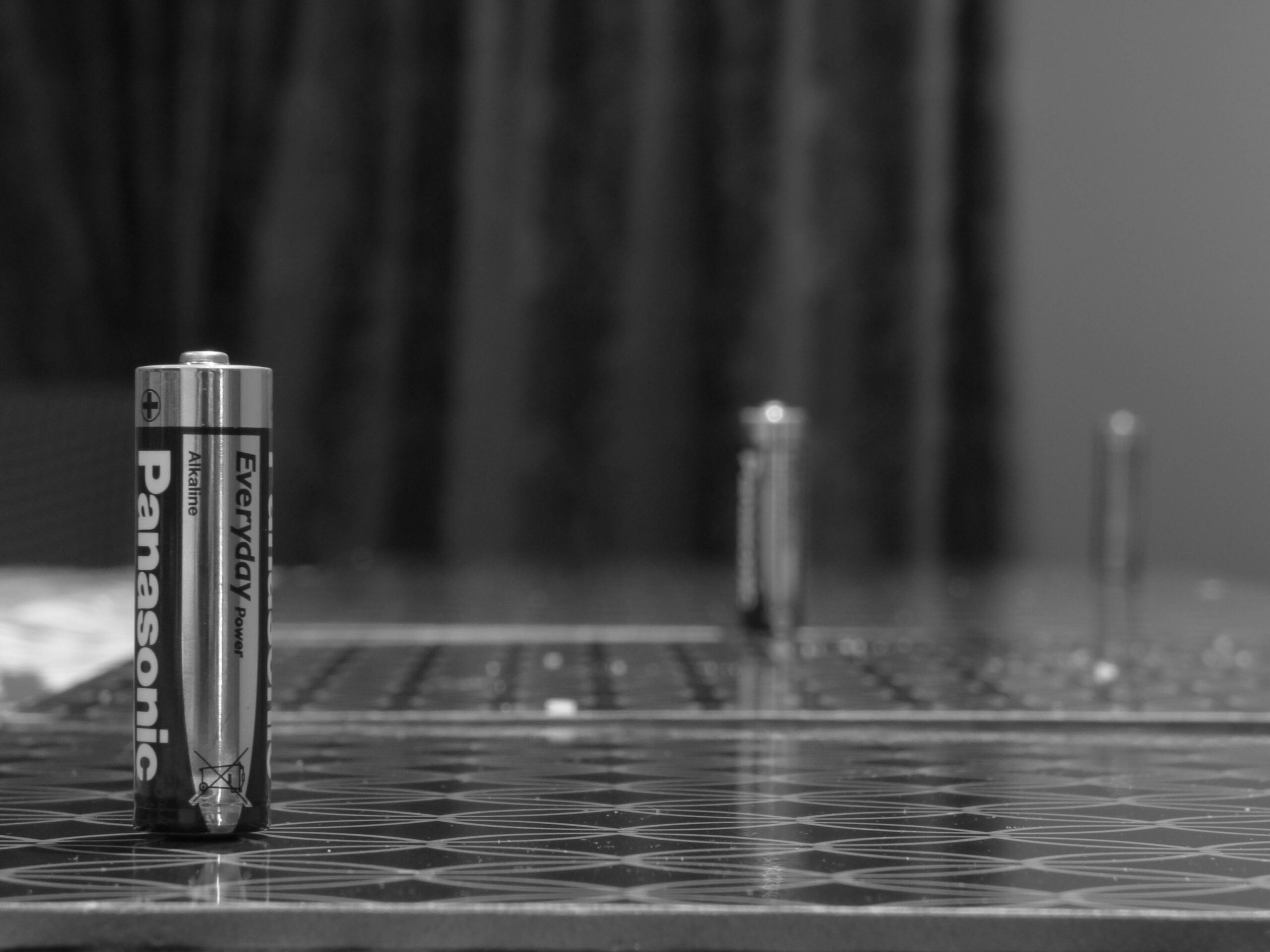
Middle Ground –

Background –
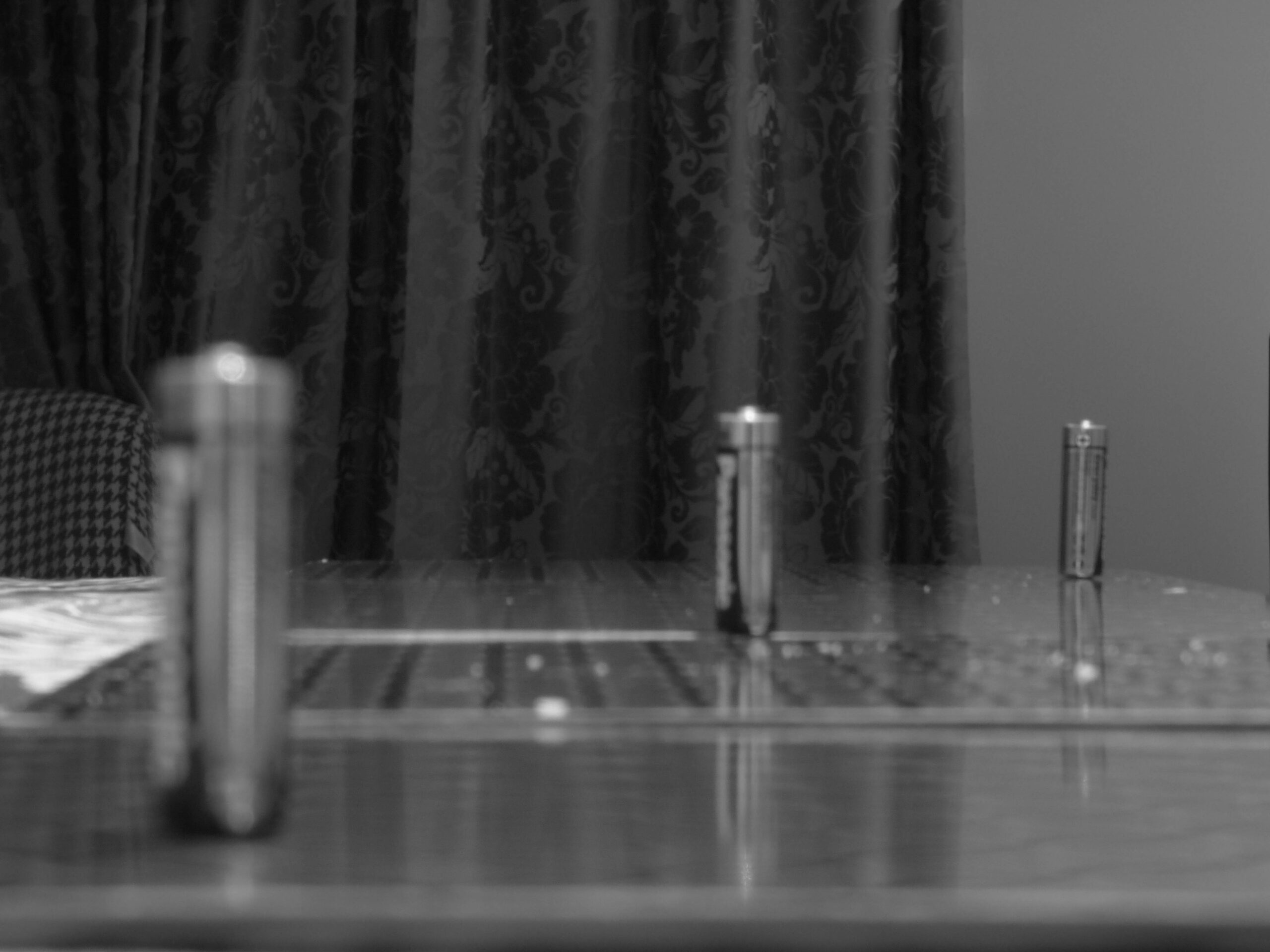
Editing With Reasoning
Foreground –
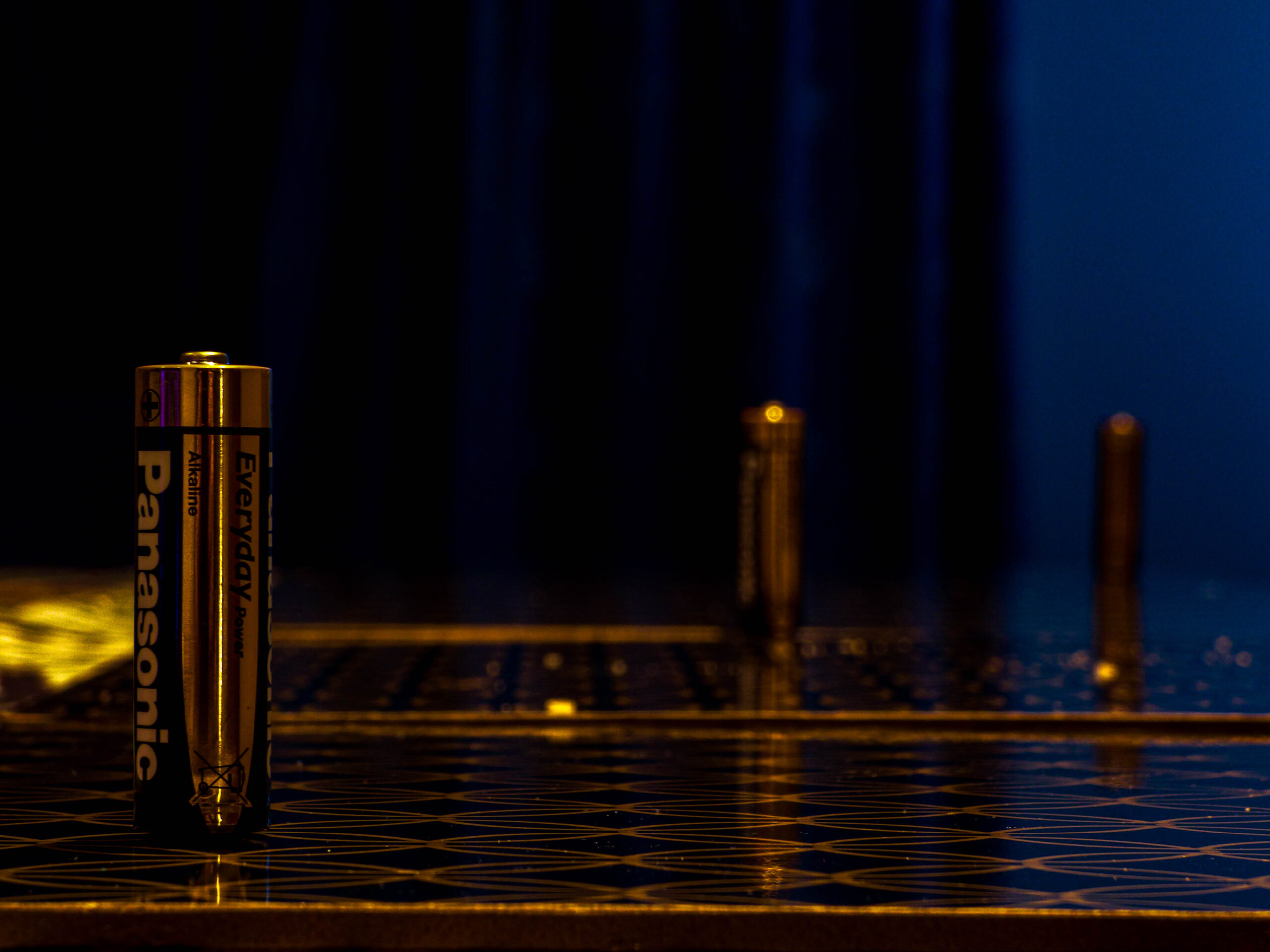
Middle Ground –

Background –

I chose to edit these pictures to make the focus even stronger on the areas I wanted to highlight. By adjusting the focus during editing, I was able to emphasize specific details and create a clearer distinction between the sharp and blurred parts of the image. This allowed me to direct the viewer’s attention exactly where I intended, while still maintaining the depth of field effect. The edits helped bring out the key elements in the photos, reinforcing how important focus is in shaping the way we interpret an image.

JAC 3 NOV Thorough and confident approach to all tasks, but you must add paper experiments and final presentation for final assessment